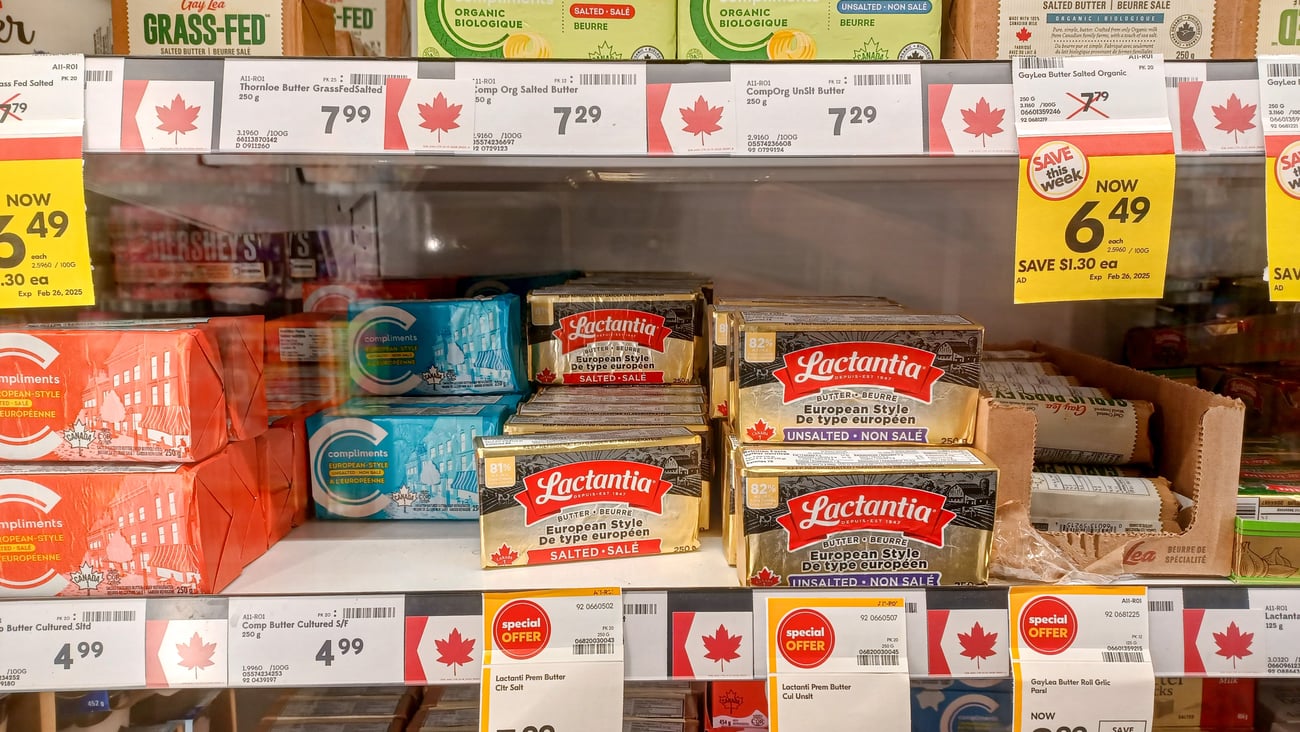A look at 'wear' the future is heading
Do you consider yourself to be a healthy person? While you may answer “yes” the odds are that aside from the number on your scale and the assessment from your annual physical, you don’t have hard data to support the claim.
This is about to change.
In the very near future the way we interact with the Internet will not be relegated to the virtual world. Digital devices and apps will play a greater role in the physical world, including through their ability to monitor and perhaps influence our physical wellbeing.
Wearables are at the forefront of technology’s personalization. Apple, Samsung and Microsoft have all recently launched or previewed their own version of a smart watch with the inherent promise of improved health and quality of life.
Features touted include the ability to measure one’s heart rate, sleep patterns, sun exposure and, most importantly to the food and beverage industry, calories burned throughout the day.
This information can work in tandem with pre-existing apps that allow users to easily count the calories they take in, ultimately telling them if they can eat more or should cut back. Users are also made aware of their sodium, fat, sugar, and vitamin intake (to name a few), and points out if they are above or below their daily and weekly targets.
The bottom line is consumers can more accurately budget what they eat and drink, making choices and trade offs, similar to how they might handle their finances. They can also better customize their diet inline with their individual lifestyle needs.
The question for food and beverage manufacturers is, will this trend impact large swaths of behaviour, and if so, how to capitalize on it?
Growth Opportunity
Myfitnesspal is the app arguably at the forefront of the online calorie counting trend. Purporting to have more than 40 million users – more than the entire population of Canada – they have a database of more than 3.5 million foods and beverages. They've also partnered with a number of fitness tracking companies such as Fitbit and Garmin to provide a holistic view on one’s “caloric budget”.
This company functions on the philosophy that we can act on what we can measure. They believe the odds in successfully achieving and maintaining weight loss targets go up with online social support and accountability.
According to Health Canada, just over half of Canadian adults (54%) are overweight or obese, equating to over 15 million individuals. Assuming each of these individuals eats three meals plus one snack per day and skip 10% of those meals, this translates into 19.5 billion occasions annually.
While it’s certain that not everyone in this group will use wearables and calorie tracking devices, if just 5% participated in online tracking, this would translate to one billion occasions.
That’s one billion occasions that consumers could provide never-before-seen data on their eating and fitness habits. Even if this is not used for microtargeting and is instead aggregated, it provides a robust, real time sample that can be used to nimbly capitalize on emerging trends.
It also provides partnership opportunities to speak to diet conscious consumers through trusted, third party sources. Understanding what someone’s goal is, and being a part of helping them achieve that goal be it weight loss, lowering cholesterol or balancing blood sugar levels can engender trust with a core consumer base. As the consumer becomes savvier about their dietary needs and/or restrictions, being a trusted partner can yield long-term dividends.
Beware of Big Brother
As with other new technologies pertinent privacy concerns need to be addressed. Consumers may not take kindly to personalized suggestions about what they should or should not be eating without their consent.
Having explicit permissions from consumers will be imperative in providing guidance that helps them achieve their health goals. Making consumers feel as though their privacy has been compromised will only provoke distrust in your brand.
Scratching The Surface
As the pace of innovation in tech continues to grow at an exponential rate, implications will undoubtedly be felt across a number of industries, including food and beverage. The points made here only begin to scratch the surface. There are unknown unknowns, but in the same breath opportunities abound in this brave new world.




